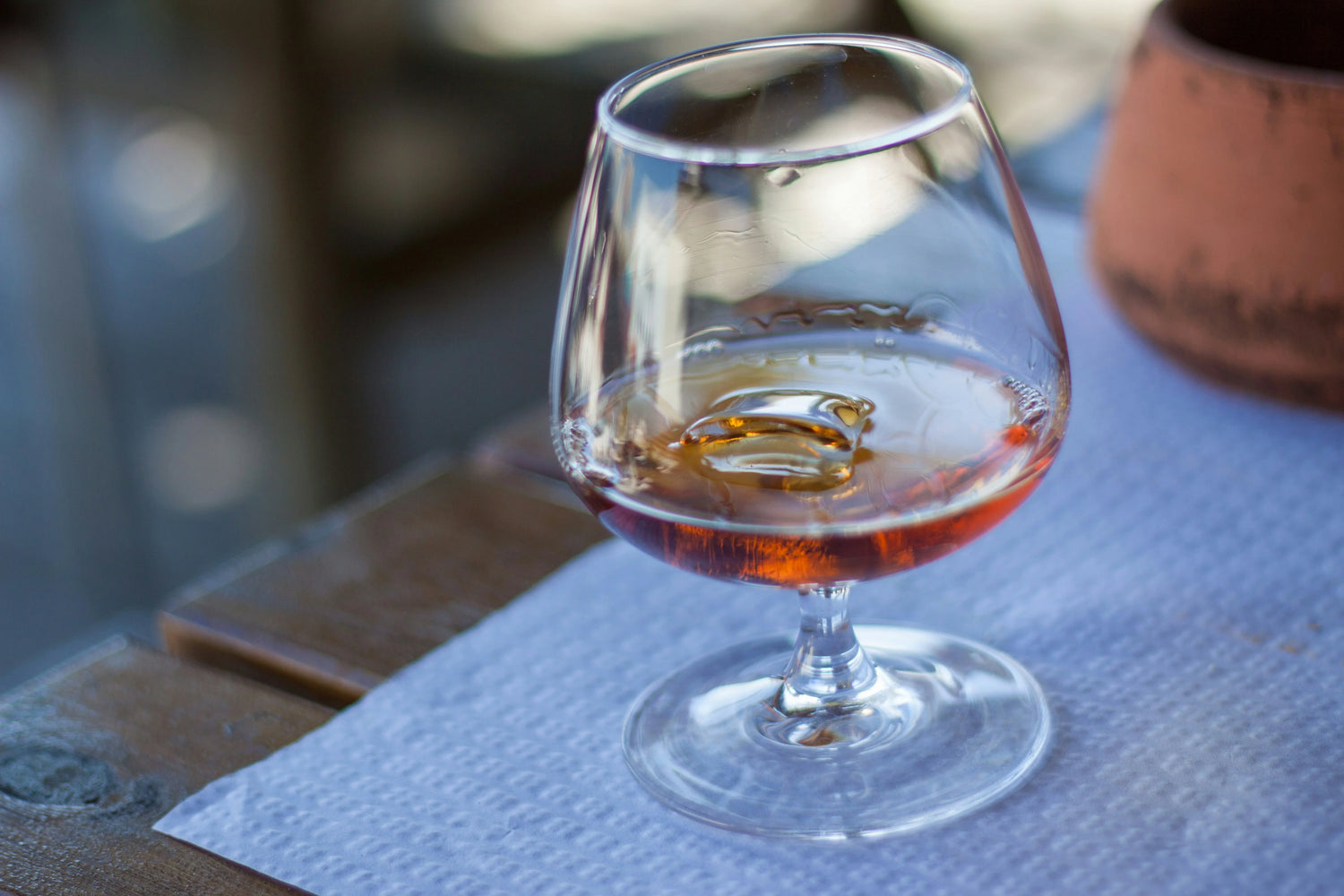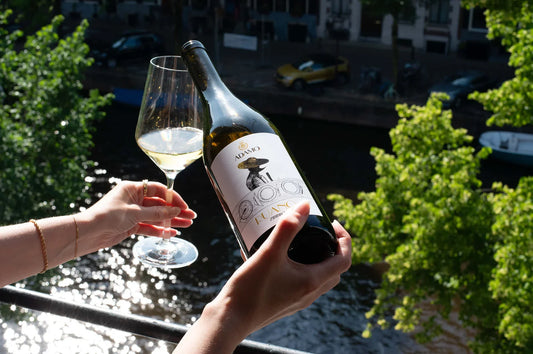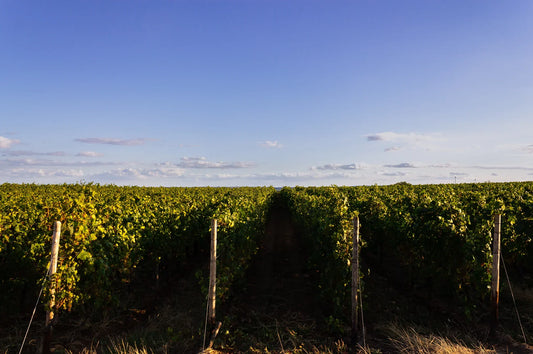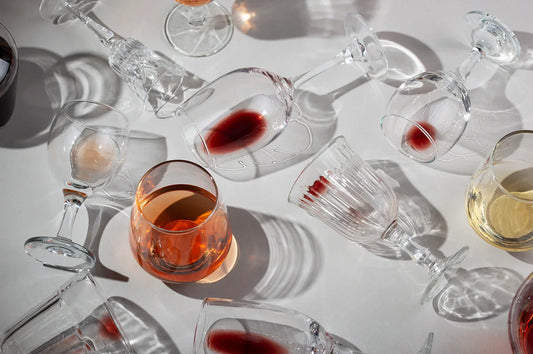A Sweet Journey: Exploring the World of Dessert Wines
Are you ready to embark on a delightful adventure into the world of dessert wines? Whether you're a wine enthusiast or just starting your journey, dessert wines offer a unique and luxurious experience that's worth exploring. In this guide, we'll uncork the secrets of these sweet elixirs, helping you understand what makes them special and how to enjoy them to the fullest.
What Are Dessert Wines?
Dessert wines, as the name suggests, are sweet wines typically enjoyed after a meal or with dessert, each varietal bringing its own unique flavour profile. But don't let the name fool you – these wines are versatile enough to be savored on their own or paired with a variety of foods. What sets them apart is their higher sugar content and often (but not always) higher alcohol content compared to regular table wines.
How Are Dessert Wines Made?
The sweetness in dessert wines comes from residual sugar left after fermentation. This can be achieved through various methods:
- Late Harvest: Grapes are left on the vine longer, allowing them to develop more sugar.
- Noble Rot: A beneficial fungus called Botrytis cinerea concentrates sugars in the grapes.
- Ice Wine: Grapes are harvested while frozen, concentrating sugars and flavours.
- Fortification: Adding spirits to the wine during fermentation, stopping the process and leaving residual sugar.
Types of Dessert Wines
Let's explore some popular types of dessert wines you might encounter:
1. Port
Originating from Portugal's Douro Valley, Port is a fortified wine known for its rich, sweet flavours. There are several styles:
- Ruby Port: Young, fruity, and vibrant
- Tawny Port: Aged in wooden barrels, developing nutty and caramel notes
- Vintage Port: Made from grapes of a single, exceptional year
2. Sauternes
Hailing from Bordeaux, France, Sauternes is made from Sémillon, Sauvignon Blanc, and Muscadelle grapes affected by noble rot. It offers flavors of apricot, honey, and tropical fruits.
3. Tokaji
From Hungary, Tokaji (pronounced "toe-kye") is made from grapes affected by noble rot. It ranges from mildly sweet to intensely sweet, with flavours of apricot, honey, and spices.
4. Ice Wine (Eiswein)
Primarily produced in Germany and Canada, Ice Wine is made from grapes that have frozen on the vine. This results in a concentrated, sweet wine with high acidity, offering flavours of tropical fruits and honey.
5. Moscato d'Asti
This lightly sparkling Italian wine is made from Moscato grapes. It's low in alcohol, sweet, and aromatic, with flavours of peach and orange blossom.
6. Sherry
Originating from Spain's Jerez region, Sherry is known for its diverse range of styles—from the dry Fino to the lusciously sweet Pedro Ximénez—and offers a unique taste experience. The blending of various vintages and aging processes in soleras (a system of barrel aging) endows Sherry with complex flavours of nuts, dried fruits, and spices.
How to Enjoy Dessert Wines
To fully appreciate dessert wines, keep these tips in mind:
- Serve Chilled: Most dessert wines are best served slightly chilled, around 13-16°C.
- Use the Right Glass: Dessert wines are typically served in smaller glasses due to their sweetness and higher alcohol content.
- Sip Slowly: These wines are meant to be savored. Take small sips and let the flavours develop on your palate.
- Perfect Pairings: While excellent on their own, dessert wines can be paired with: cheese (especially blue cheeses), Fruit-based desserts, chocolate (particularly dark chocolate), and nuts and dried fruits.
How Alcoholic Are Dessert Wines?
Their alcoholic content varies, typically ranging from 8% to 20% alcohol by volume (ABV). Most common varieties, such as Moscato or Sauternes, tend to hover around 12-14% ABV. However, certain fortified wines like Port or Sherry can peak at around 20% ABV.
Despite their sometimes higher alcohol content, dessert wines offer a pleasurable finish to any meal. They provide an elegant, luxurious touch, transforming a simple dessert pairing into an experience.
Storing Dessert Wines
Many dessert wines can age beautifully. Store them in a cool, dark place, ideally in a wine refrigerator or cellar. Once opened, most dessert wines will last longer than table wines due to their higher sugar and alcohol content – anywhere from a few weeks to a couple of months if properly stored.
Conclusion: A Sweet Finale
Dessert wines offer a luxurious end to a meal or a delightful standalone treat. Their complexity, sweetness, interplay of tannins, and rich history make them a fascinating category to explore. Whether you're drawn to the fortified strength of Port, the noble-rot elegance of Sauternes, or the icy concentration of Eiswein, there's a dessert wine out there to suit every palate.
Remember, the world of dessert wines is vast and varied. Don't be afraid to experiment and find your favourites. Ask your local wine shop for recommendations, or consider a dessert wine tasting to explore different styles. With each sip, you'll discover new flavours and gain a deeper appreciation for these sweet, complex wines.
So, the next time you're looking to add a touch of indulgence to your evening or celebrate a special occasion, consider reaching for a bottle of dessert wine. It might just be the perfect sweet ending you've been looking for.
Until next time, stay nosey.




